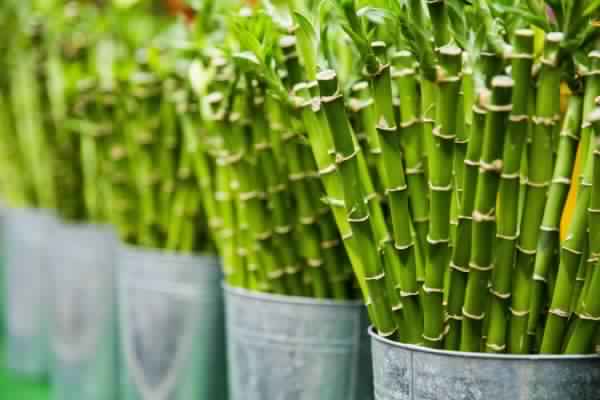What if we could just get to see structures like bus stands, buildings, etc built of Bamboo, in our day to day life?. Exactly, we would be too surprised to see such structures. Because, we are used to structures manufactured or built raw materials such as Iron, Cement, and Bricks. That’s why today we are in for a surprise.
The idea first emerged in the mind of Architect Neelam Manjunath, Managing Trustee of the Centre for Green Building Material and Technology (CGBMT), who focuses on sustainable materials to be used in the work she does and is also a Bamboo enthusiast. She has two degrees in Architect from Lucknow University and Dayalbagh University, Agra. Her education, however, is much wider and includes training in several skills related to sustainable architecture, Media Architecture and Charrette Training from Graduate School of Design, Harvard University. She is a practicing architect since 1991, currently based in Bangalore. Her architecture is distinguished for the use of low energy materials and technologies with special emphasis on Bamboo.
“Bamboo is a wonderful material. It is flexible, light, simple, resilient, renewable and has high tensile strength. More research is needed on its properties for its effective induction into the construction activity”, said Neelam Manjunath in an interview.
She focused on the traits of bamboo that allow it to qualify as a good substitute raw material in the Architectural Field.
- Elements Of Construction, meaning that Bamboo is to be used as only an element of construction and not something that the complete construction can depend on. Bamboo can be used indoors, columns, beams, rafters, and windows.
- Urban Public Buildings, Bamboo can be helpful in the construction of urban public buildings such as bus shelters, rain shelters, car park covers, stadiums.
- Popular Uses of Bamboo, includes usage for interiors in the Kempegowda International Airport’s Terminal-II. This is the second airport in the world, after Madrid (Spain) to use bamboo.
- Bamboo can also be planted on the sidings of the railway’s tracks in the country. Highways could have bamboos planted on the two sides. It can act as a carbon sink for the pollution generated by transport.
Most important oF all Bamboo has got good engineering properties and with this tensile strength is capable of resisting high-velocity wind and earthquake. This makes it cost-effective, environment-friendly and long-lasting building material.














Add Comment